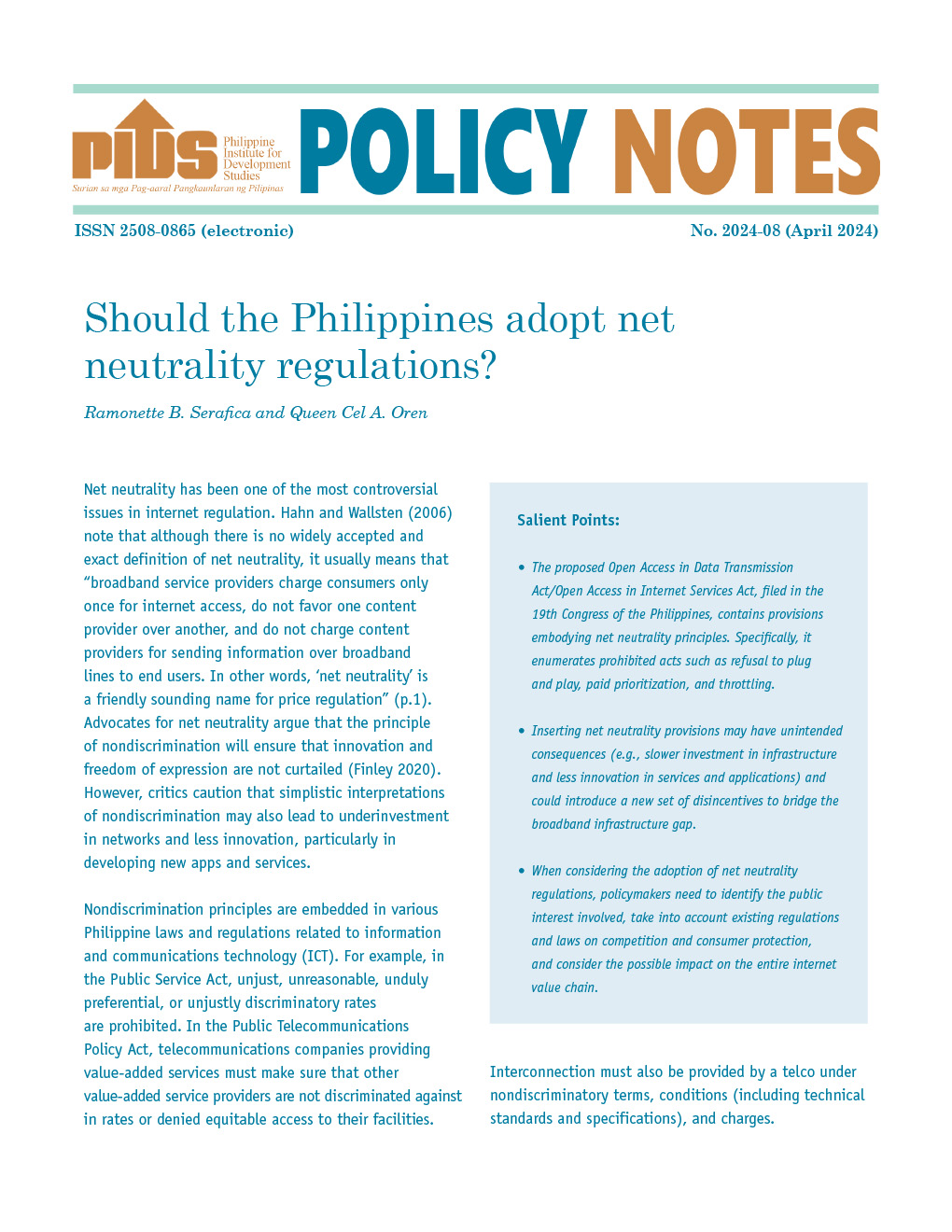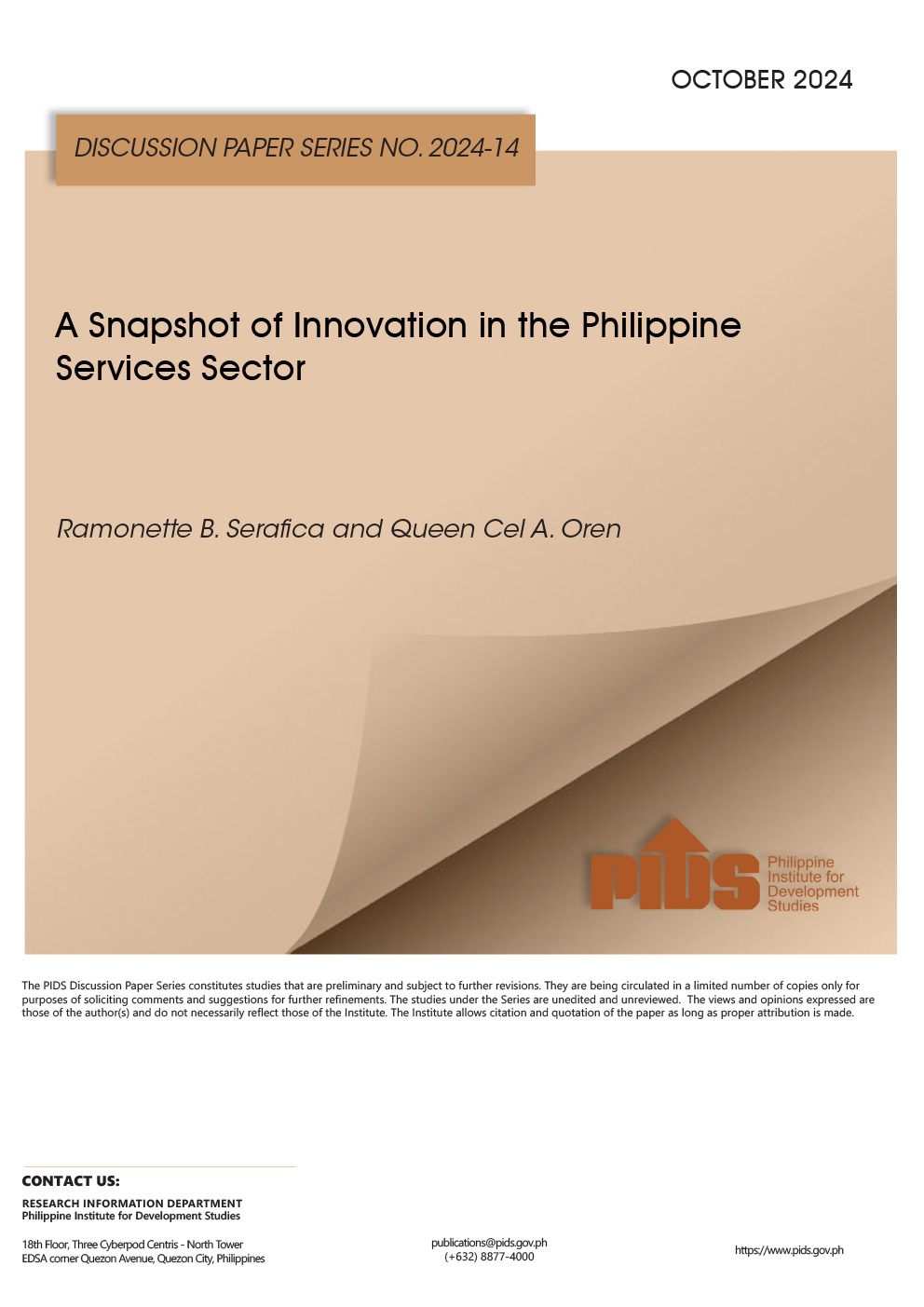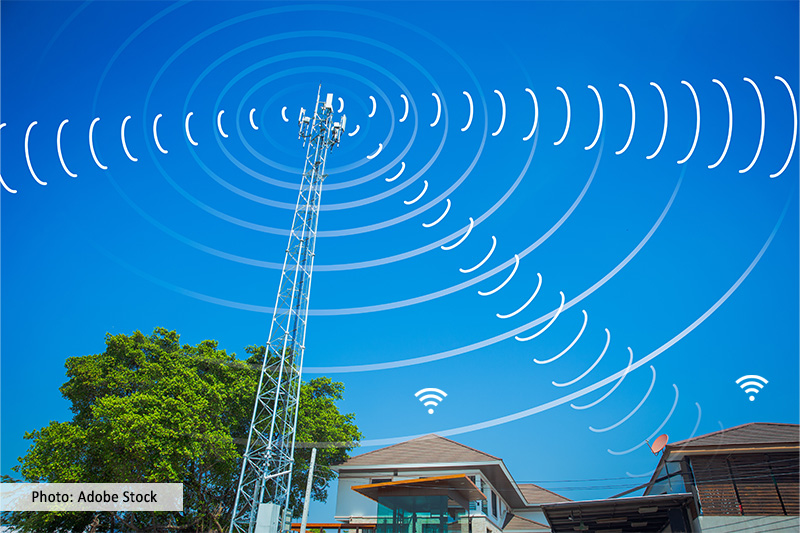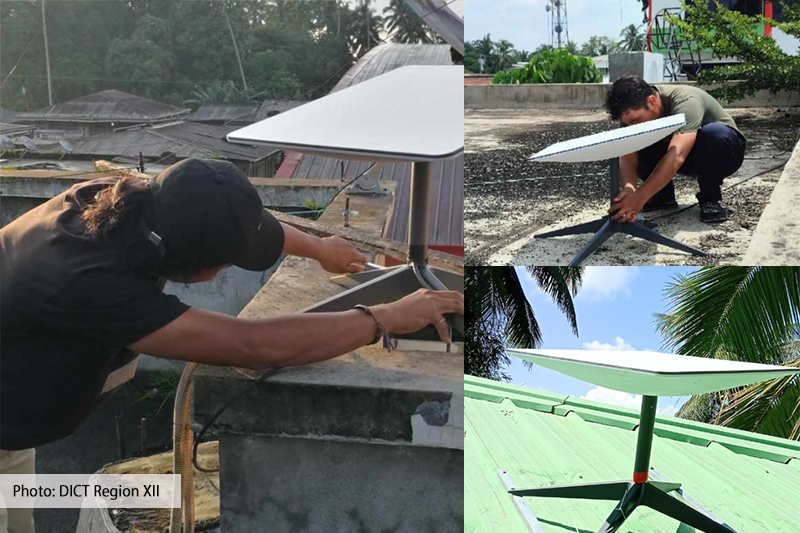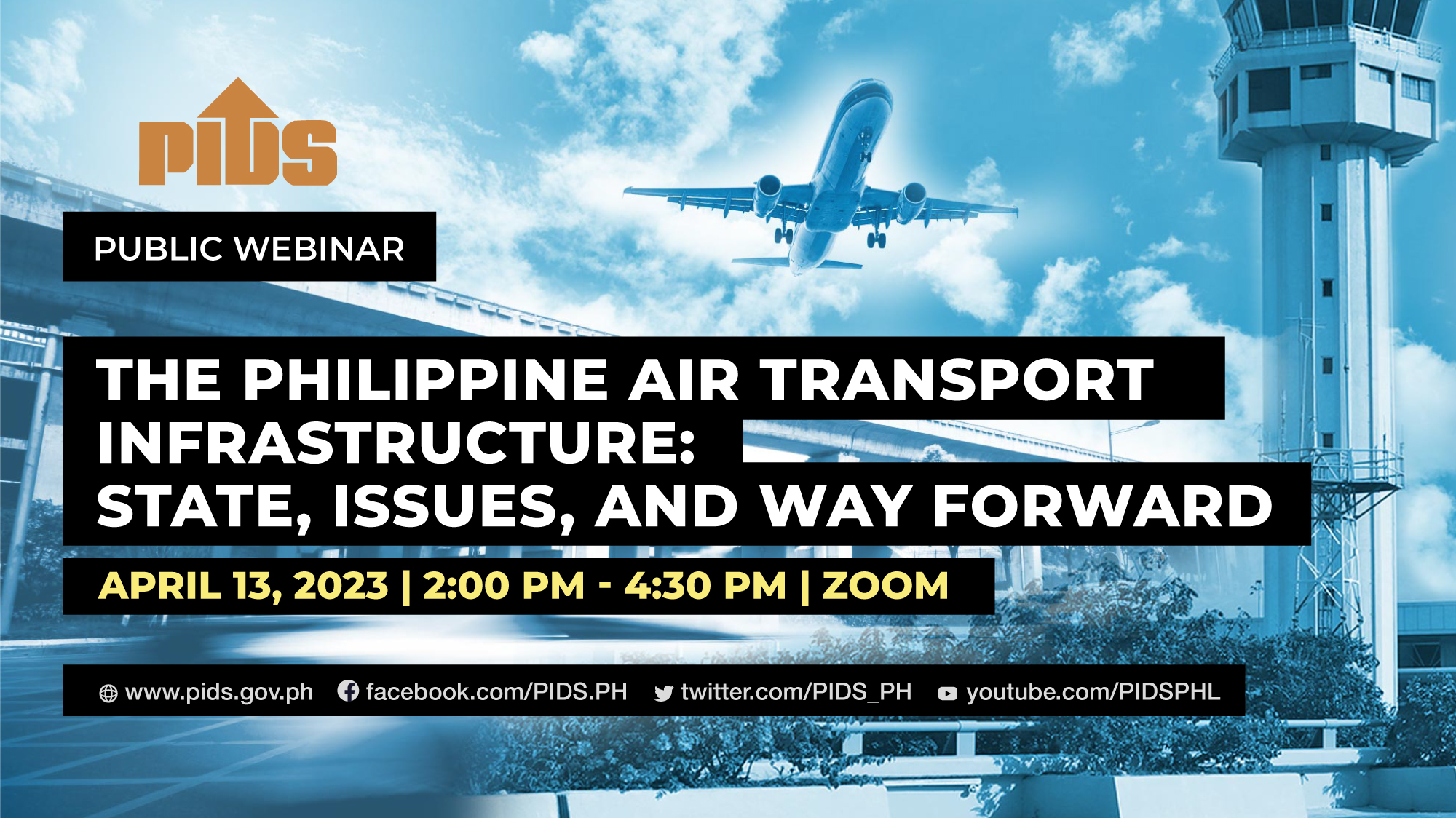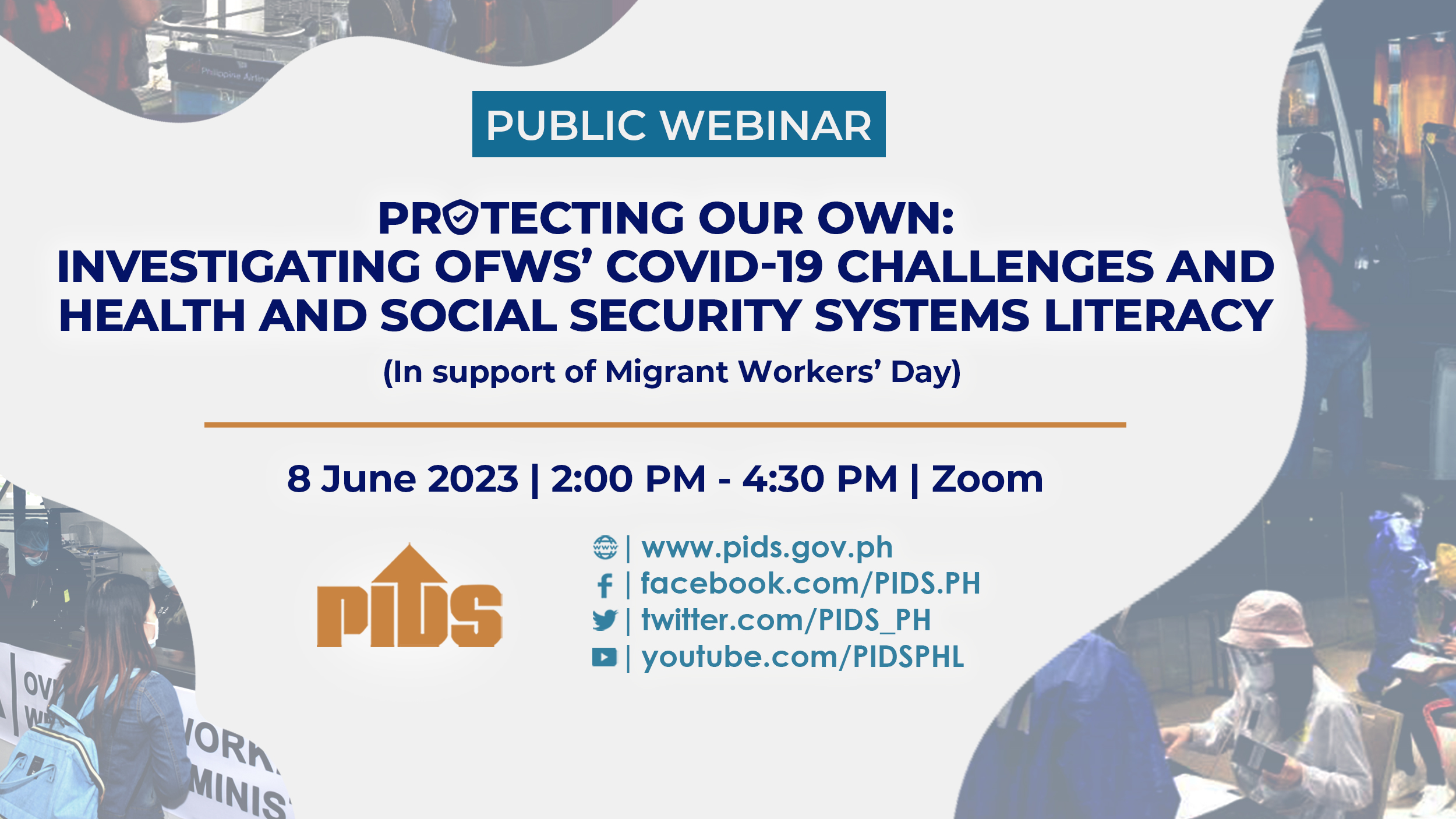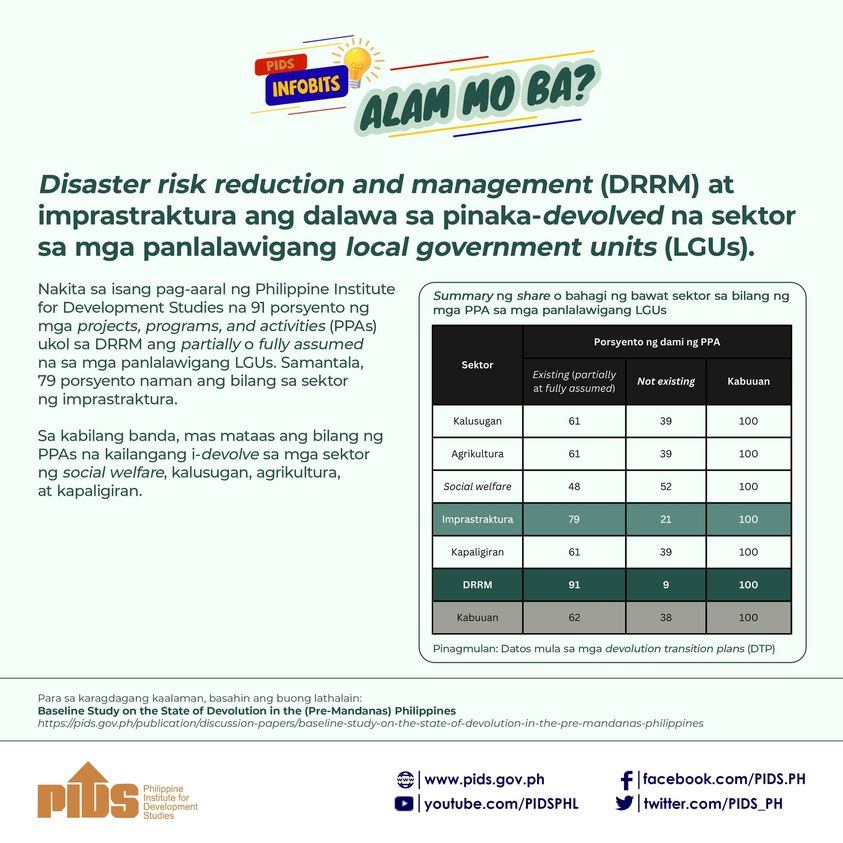MANILA, Philippines – Amid rapid advancements in technology, the government must not forget to address poor literacy and infrastructure in the Bangsamoro region, said Philippine Center for Islam and Democracy (PCID) president and founder Amina Rasul Bernardo.
She warned that failure to first address illiteracy and the lack of infrastructure would widen inequality and leave behind Filipinos in Mindanao.
"We are not into the Fourth Industrial Revolution (FIRe); we are into the actual revolution…. Why is the government wisely positioned to invest so much effort [into] FIRe when it will not touch many of us in the south?" Bernardo said in a Philippine Institute of Development Studies press conference on Tuesday, September 4.
Left behind: Bernardo said 25% of Mindanaoans, mostly Moros and indigenous peoples, experience widespread illiteracy and poor infrastructure in the region.
Data from a 2016 PCID study found that about a third of the labor force in the Autonomous Region in Muslim Mindanao (ARMM), or over 600,000 adults, can barely read and write.
Meanwhile, the Philippine Statistics Authority listed ARMM as the region with the lowest functional literacy rate of 72.1% in 2016.
To add to this, the World Bank's 2017 Philippines Mindanao Jobs Report noted "severe underinvestment" in infrastructure, education, and health. The World Bank said this has left Mindanaoans with little opportunity for growth and good jobs. (READ: PH economy growing but poverty still high – World Bank)
All these, said Bernardo, would hinder individuals in the Bangsamoro from even feeling the effects of FIRe. She added that talks on FIRe are not yet applicable to the Bangsamoro region, but only to Manila and some major cities of "Christian Mindanao" like Davao City.
The "marginalized, least served" Mindanaoans in the Bangsamoro region may be among the last to benefit from FIRe in the Philippines, she said.
Growing risks: Bernardo also warned of another threat that could worsen: extremism in the region.
The other group that is using social media has already found its way to Marawi, and that group is ISIS. ISIS knows how to use social media in [a] way that the governments and civil society do not," she said.
In May 2017, clashes between government forces and ISIS-linked local terrorists in Marawi City turned into a 5-month battle. At the height of the siege, the fighting displaced over 300,000 families from Marawi and nearby towns, according to the United Nations High Commissioner for Refugees. (READ: Over 64,000 families return to Marawi – DSWD)
A 2018 Social Weather Stations survey found that social media access in evacuation sites for displaced Marawi residents was as high as 36% despite limited connectivity in the region. (READ: How government has allocated funds for Marawi rehabilitation)
"You can rightfully say they are doing this because they want to escape from reality. But there is also the other question: Is somebody else accessing them?" Bernardo asked.
She added, "Whatever investment we have for the Fourth Industrial Revolution does not take away the need to help the other Mindanao." – Rappler.com

